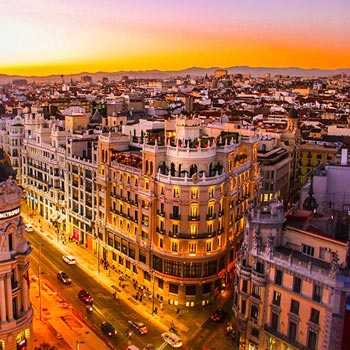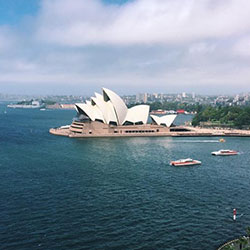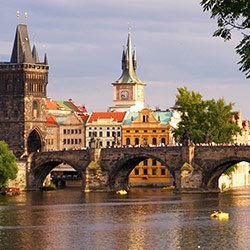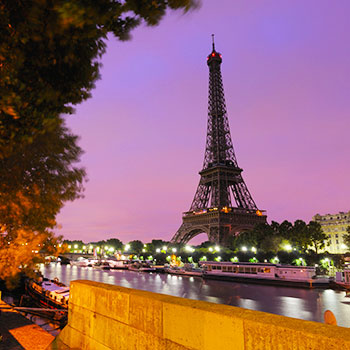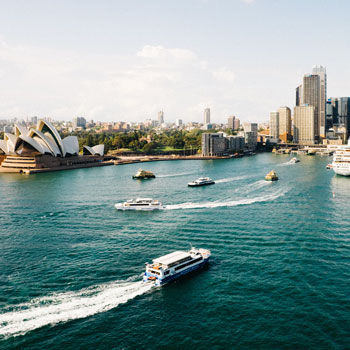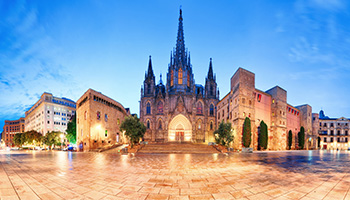For college students, one of the main attractions of studying abroad in Barcelona is the stunning architecture of the city. This architectural beauty is especially embodied through the work of Antoni Gaudi, arguably the most famous Spanish architect. Born in 1852 and living until 1926, Gaudi was one of the main figures in the Catalan Modernisme movement, which dominated the late 19th and early 20th centuries. Modernisme, or modernist, architecture can be seen throughout all of Barcelona, however you'll find the highest concentration on Passeig de Gri cia.
Modernisme architecture can be classified as a hybrid of numerous architectural styles that were present throughout Spain's history, such as Gothic, Classical, Baroque, and Islamic. Another key characteristic was using nature as an inspiration for a building's design. For Gaudi, building based on nature was his source of originality, believing that it was his duty as an architect and a Catholic to replicate the "creations of God." Another architectural innovation that Gaudi pioneered was the use of warped geometry, as many of his structures feature curved lines. It is for this reason that Gaudi's buildings are often described as resembling waves.
Throughout his career as an architect, Gaudi made numerous contributions to the cityscape of Barcelona. His work is a staple of Barcelona, bringing in numerous visitors to the city every year. You will find many buildings and landmarks that were designed by him. His genius as an architect inspired those outside of the field of architecture, as he was one of the main inspirations of Salvador Dali, a famous Surrealist painter. However, there are four that are, in my opinion, the most notable and worthwhile to visit.
-
La Sagrada Familia
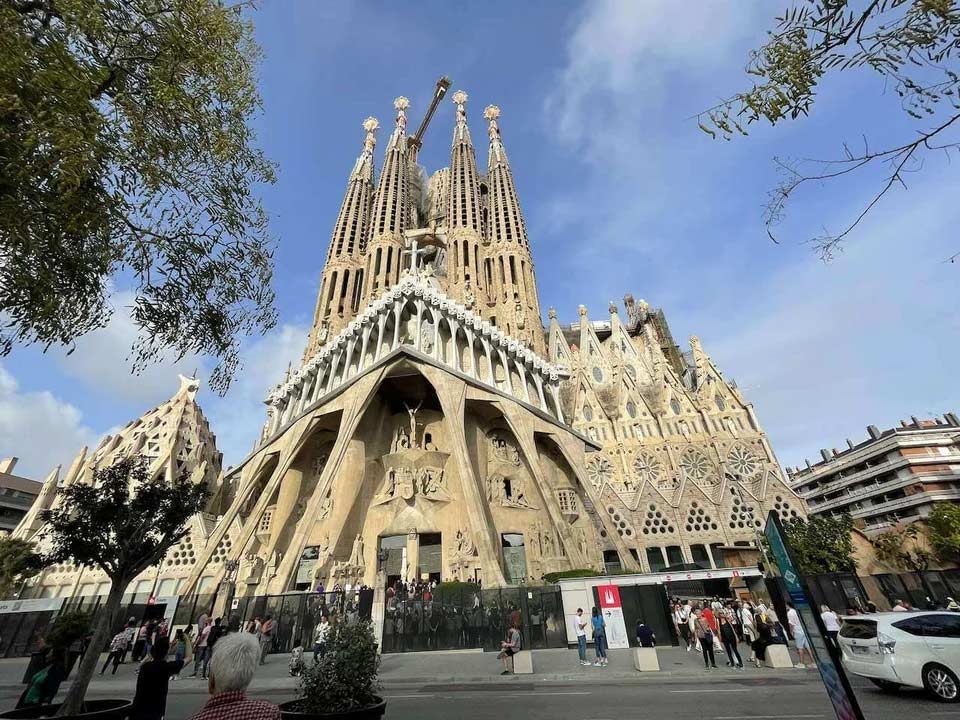
The Sagrada Familia is a building that needs no introduction. It is the most visited attraction in Spain with approximately five million people visiting the interior, and an estimated 20 million going to the nearby area to view the exterior, each year. Construction of La Sagrada Familia began in 1882 and was previously scheduled to be finished in 2026. However, due to delays incurred by the COVID-19 pandemic, the date on which the church will be completed is uncertain. Upon completion, the Sagrada Familia will be the tallest church in the world at 170 meters (557 feet) tall.
-
Casa Mili
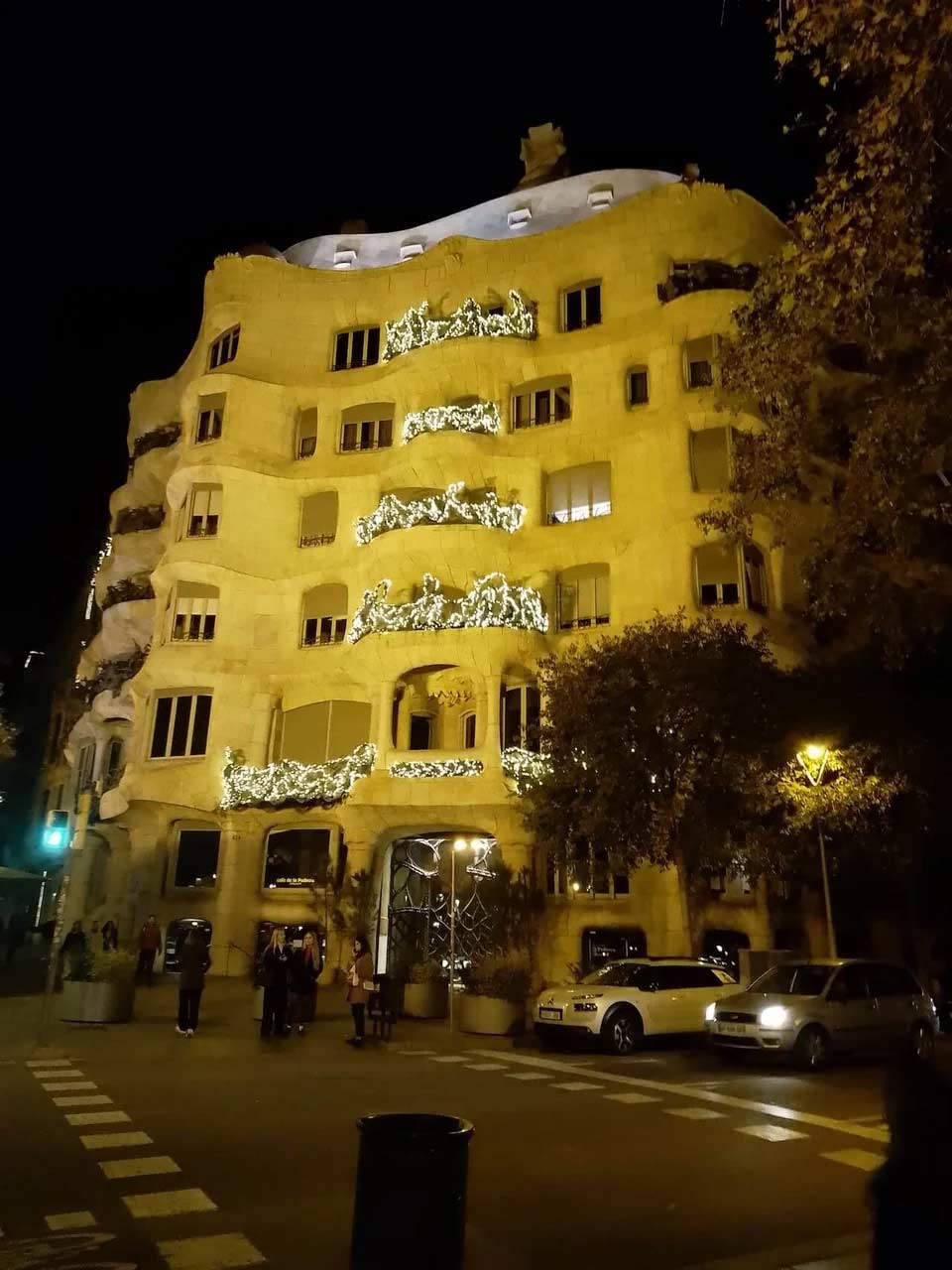
Located on Passeig de Gri cia, Casa Mili is the building that best showcases Gaudi's use of warped geometry, as the entire building has a wave-like curvature. Built from 1906-1912, Casa Mili was the last private residence designed by Gaudi. This building makes any walk down Passeig de Gri cia interesting, and is my personal favorite in the city.
-
Parc Guell
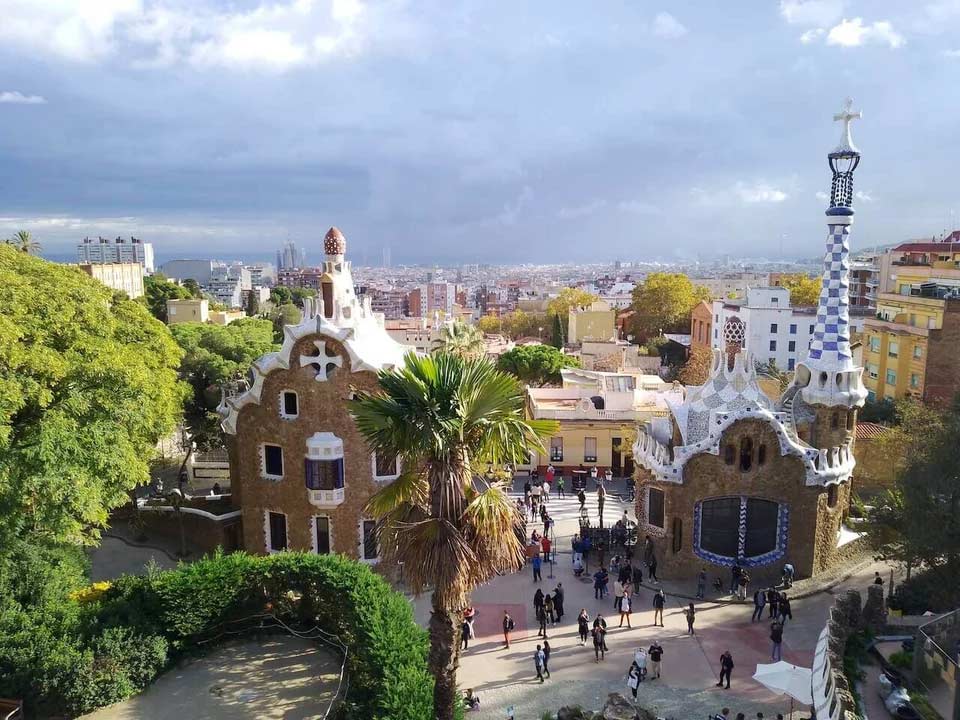
Parc Guell is a staple of Gaudi architecture, as it features various buildings and walkways that were built to blend into the natural surroundings. It is located outside the city center, deep in Barcelona's Gri cia neighborhood. Visiting Parc Guell is an amazing way to escape the rush of the city. The park was built between 1900 and 1914 and was opened for public use in 1926. Walking in Parc Guell is a wonderful and relaxing experience, as the views are spectacular and there are often musicians performing to the public.
-
Casa Batllo
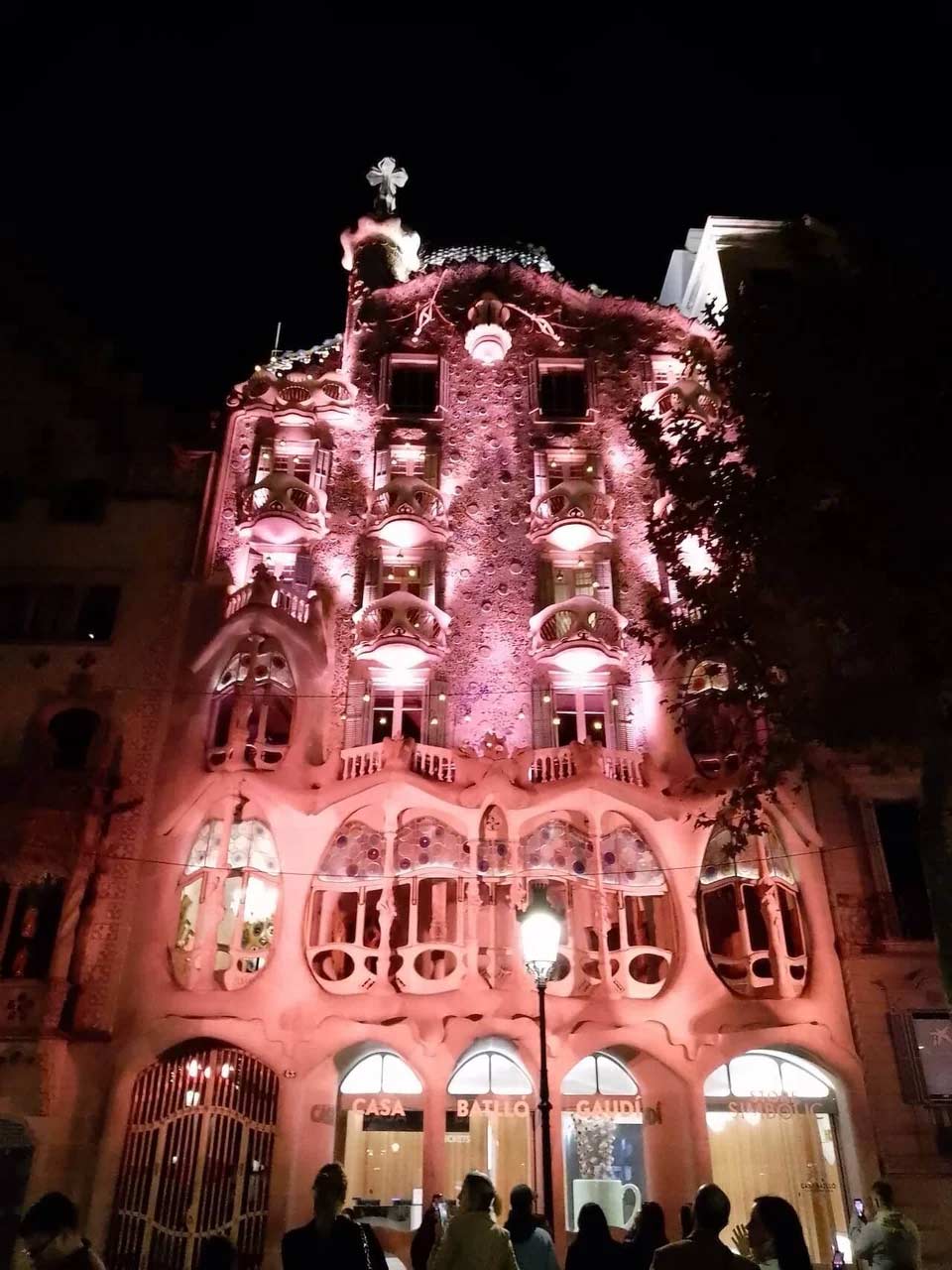
Originally built in 1877 by Emilio Sala Cortes and renovated by Gaudi from 1904 to 1906, this landmark is the most notable building on Passeig de Gri cia. It has been especially stunning in recent weeks, as it is lit up at night to celebrate the holidays, changing between a series of colors. Casa Batllo also houses the Gaudi Museum, which is an excellent destination for an afternoon trip.
